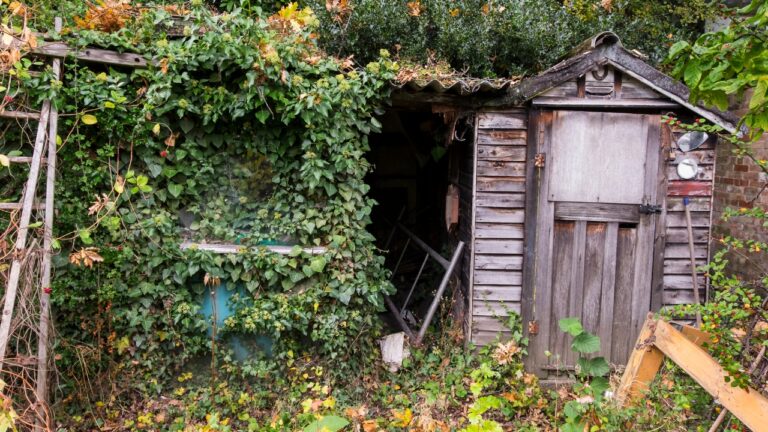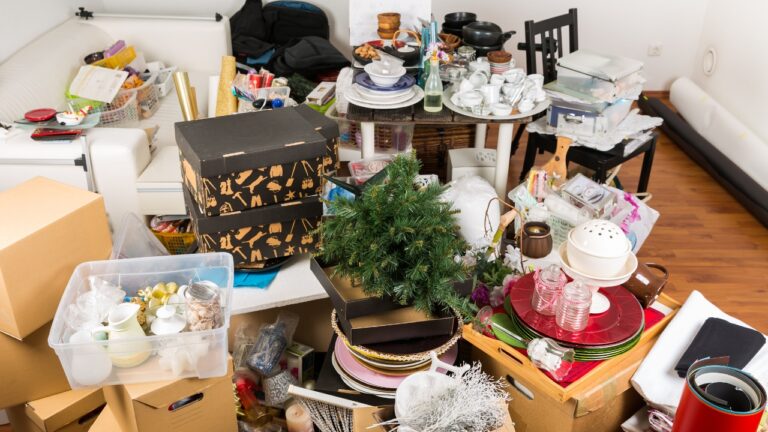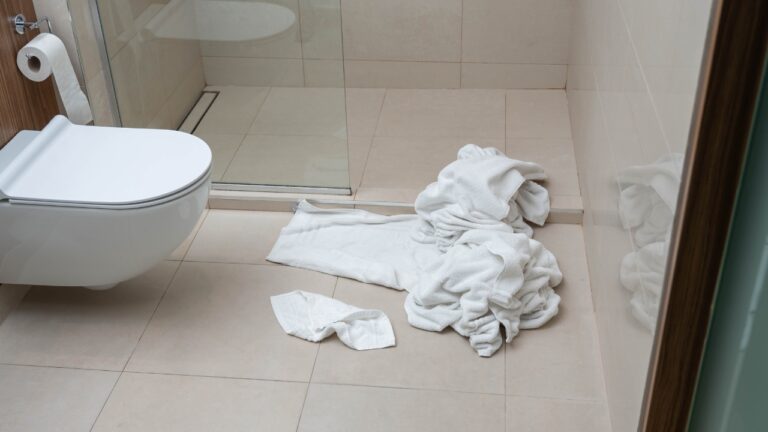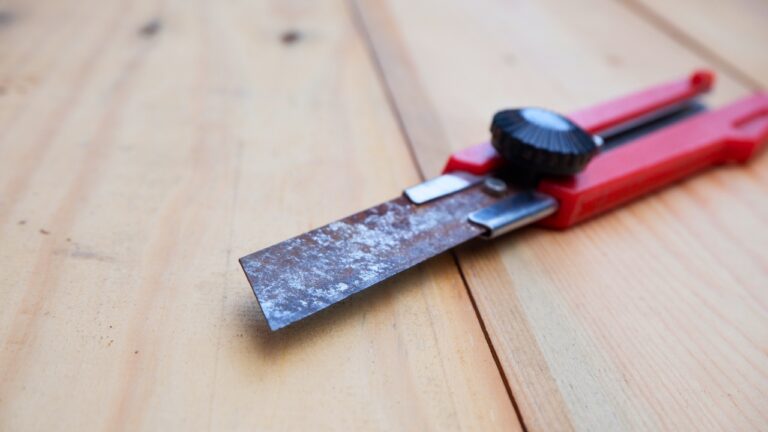How to rethink your lighting without rewiring anything
You can change the mood and function of your rooms with nothing but plugs and better bulbs. The goal is simple: light faces, not ceilings; glow where you live, not where dust collects.
Start with temperature and stick to it
Mixing bulb colors turns walls sallow and wood orange. Choose warm white (2700–3000K) for living spaces and commit per room. Replace the worst offenders first—blue-leaning bulbs over warm tile, bright white over walnut—and your paint might stop “needing” to be repainted.
Put lamps where people actually sit
Every seat deserves a light at face height. Add a table lamp to the console behind the sofa, a floor lamp beside the reading chair, and a small lamp on the media cabinet for evening movie light. You’re aiming for a triangle of glow, not one spotlight that makes everyone feel on display.
Use plug-in sconces for vertical light
If a corner feels dead but there’s no wiring, a plug-in sconce with a cord cover gives you that eye-level layer without calling an electrician. Mount them where you want conversation to happen—beside a small desk, flanking art, or near a chaise. Light that grazes the wall adds depth you can’t get from the ceiling.
Dim the big stuff, even if it’s improvised
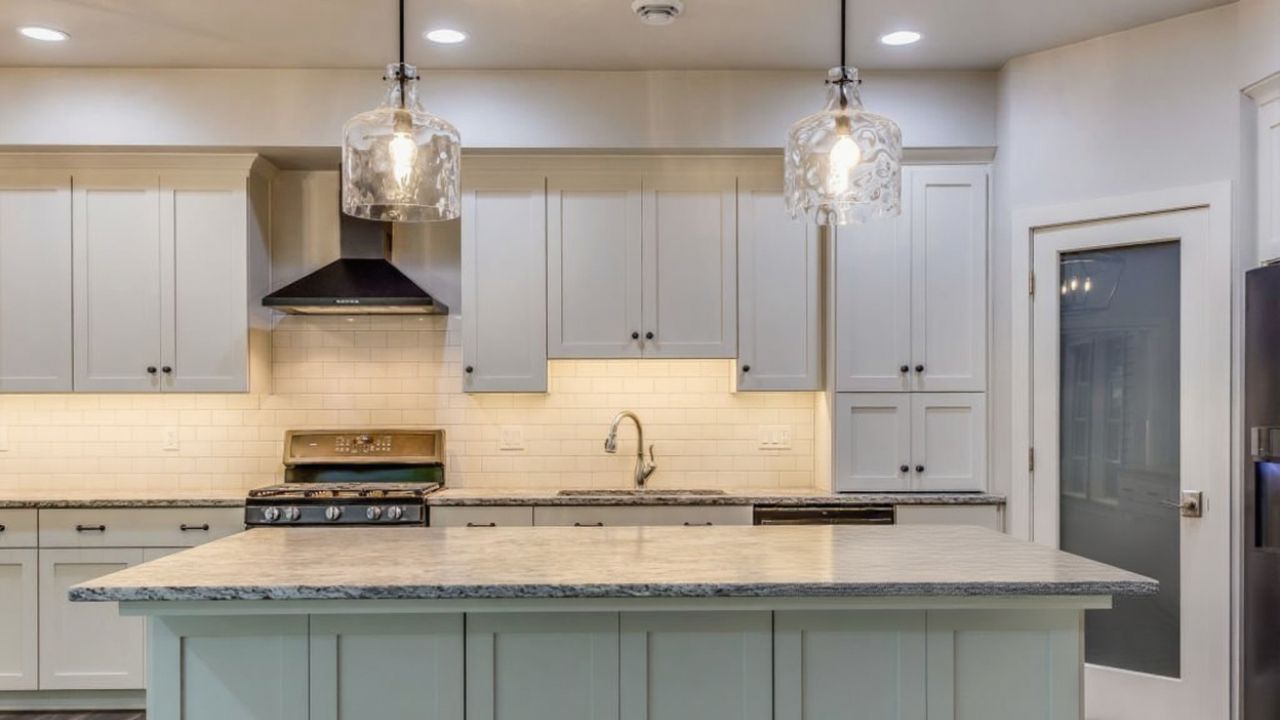
No wall dimmer? Plug lamps into a smart plug or an inline cord dimmer so you can soften light after dinner. Over islands and tables, drop lumens by swapping to lower-wattage, warmer bulbs. Your paint looks better, your food looks better, and your eyes stop working so hard.
Bounce light off surfaces you like
If a fixture feels harsh, aim light at a wall or ceiling and let it bounce back. A small uplight behind a plant, a picture light over art, or a lamp with a linen shade turns glare into glow. The room looks more expensive because the light is doing more than one thing.
Give task zones real task light
Under-cabinet strips (plug-in or battery) are a cheap fix for shadowy counters. A clamp light on a shelf makes homework corners useful after dark. In the laundry, a bright shop light or an LED bar under a shelf helps you actually see stains. Lighting that matches the job saves you from redoing the job.
Match shade shape to the job
Wide drum shades glow broadly; cone shades focus. If you’re reading, a cone that throws light downward beats a glowing orb. If you want atmosphere, fabric drums with diffusers give soft, forgiving light. The wrong shade can make a good lamp feel useless.
Treat bulbs like part of the decor
Clear glass lamps need frosted bulbs to avoid hot spots. Exposed-bulb fixtures look better with “soft filament” LEDs that don’t scream warehouse. Buy one extra of each type and store them together so you’re never stuck with a mismatched emergency replacement.
Make an evening preset you can repeat

Decide which lights go on at dusk and keep it the same every night: entry lamp, sofa corner, kitchen counter, one hallway nightlight. Routine is half the magic. When the house shifts to “evening” on purpose, everything—including your mood—settles.
Like Fix It Homestead’s content? Be sure to follow us.
Here’s more from us:
8 upgrades that look like you spent thousands (but didn’t)
9 small changes that instantly make a house feel high-end
*This article was developed with AI-powered tools and has been carefully reviewed by our editors.



